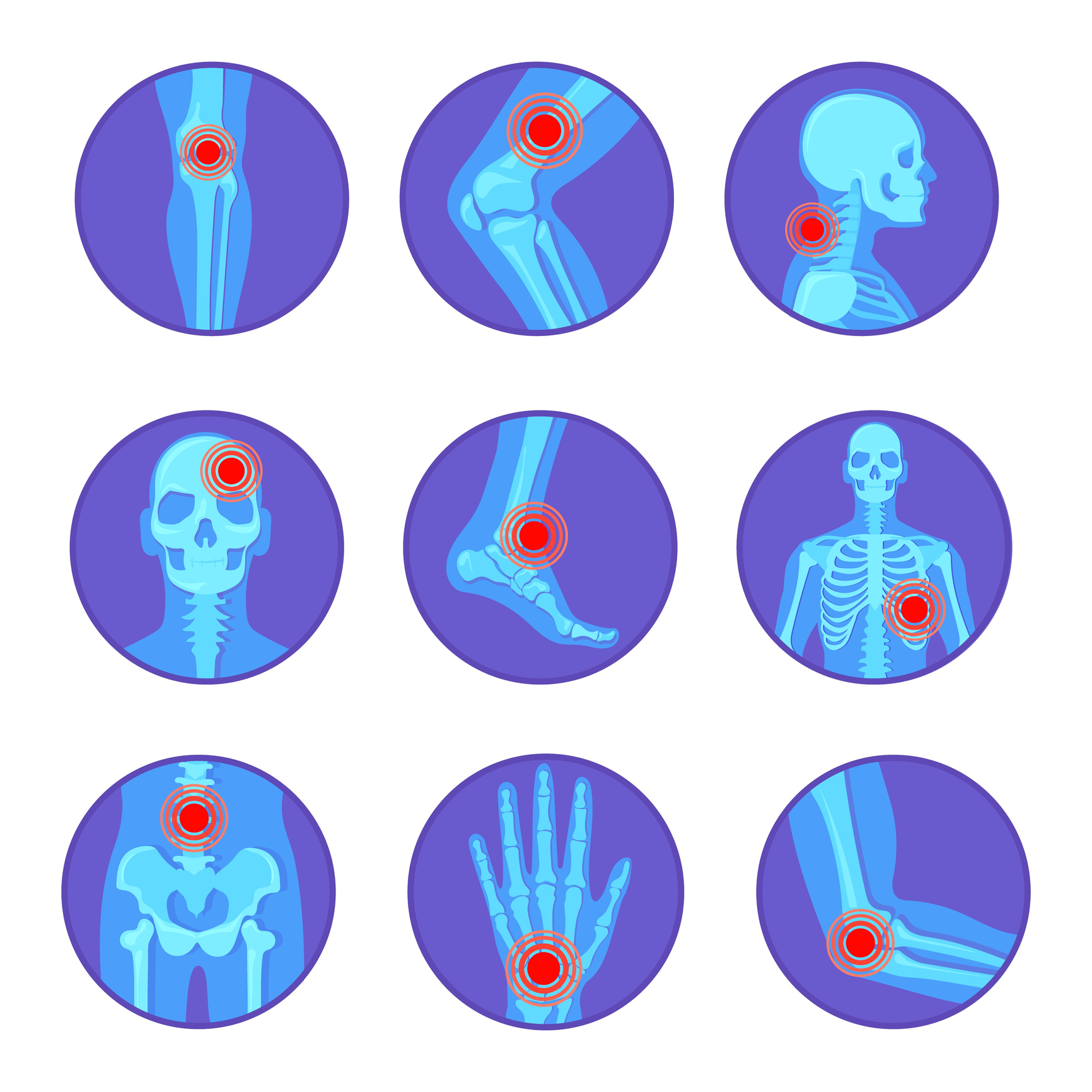To explore the clinical and pathological features, therapy and prognosis of Castleman’s disease (CD) in the head and neck.
We retrospectively analyzed the clinical and pathological data of 44 patients with head and neck CD who were diagnosed in the Fujian Medical University Union hospital (Fujian, China) between May 2008 and June 2021. According to the clinical classification, they were divided into two groups, the unicentric CD (UCD, n = 20) and the multicentric CD (MCD, n = 24). Their clinical features, imaging findings, laboratory examination, and treatment results were, respectively, analyzed.
The age of UCD patients was younger than that of MCD patients. Most of the UCD patients (80%) were female, with asymptomatic single lymphadenectasis, and the prognosis was favorable; while 70.8% of the MCD patients were male, with multiple lymph nodes throughout the body, and more prone to hepatosplenomegaly, pneumonia, serous effusion, anemia, hypoalbuminemia, elevated globulin, coagulation disorders, etc., the prognosis was bleak. Two cases of MCD patients were with systemic lupus erythematosus (SLE).
UCD usually manifests as asymptomatic single lymph node enlargement, complete surgical resection was the mainstay of treatment modality. MCD has relatively complicated clinical symptoms and poor prognosis, and anti-IL-6 therapy may be effective.
© 2021. The Author(s), under exclusive licence to Springer-Verlag GmbH Germany, part of Springer Nature.
A retrospective study of 44 patients with head and neck Castleman’s disease.


